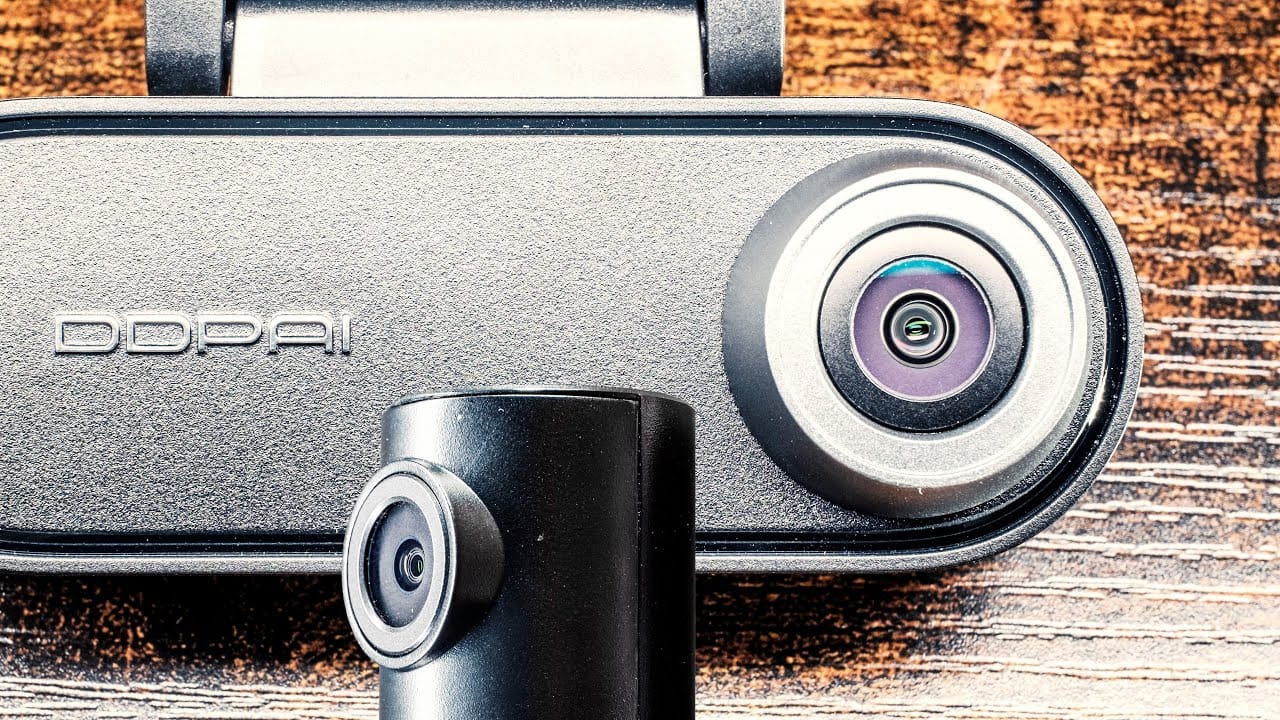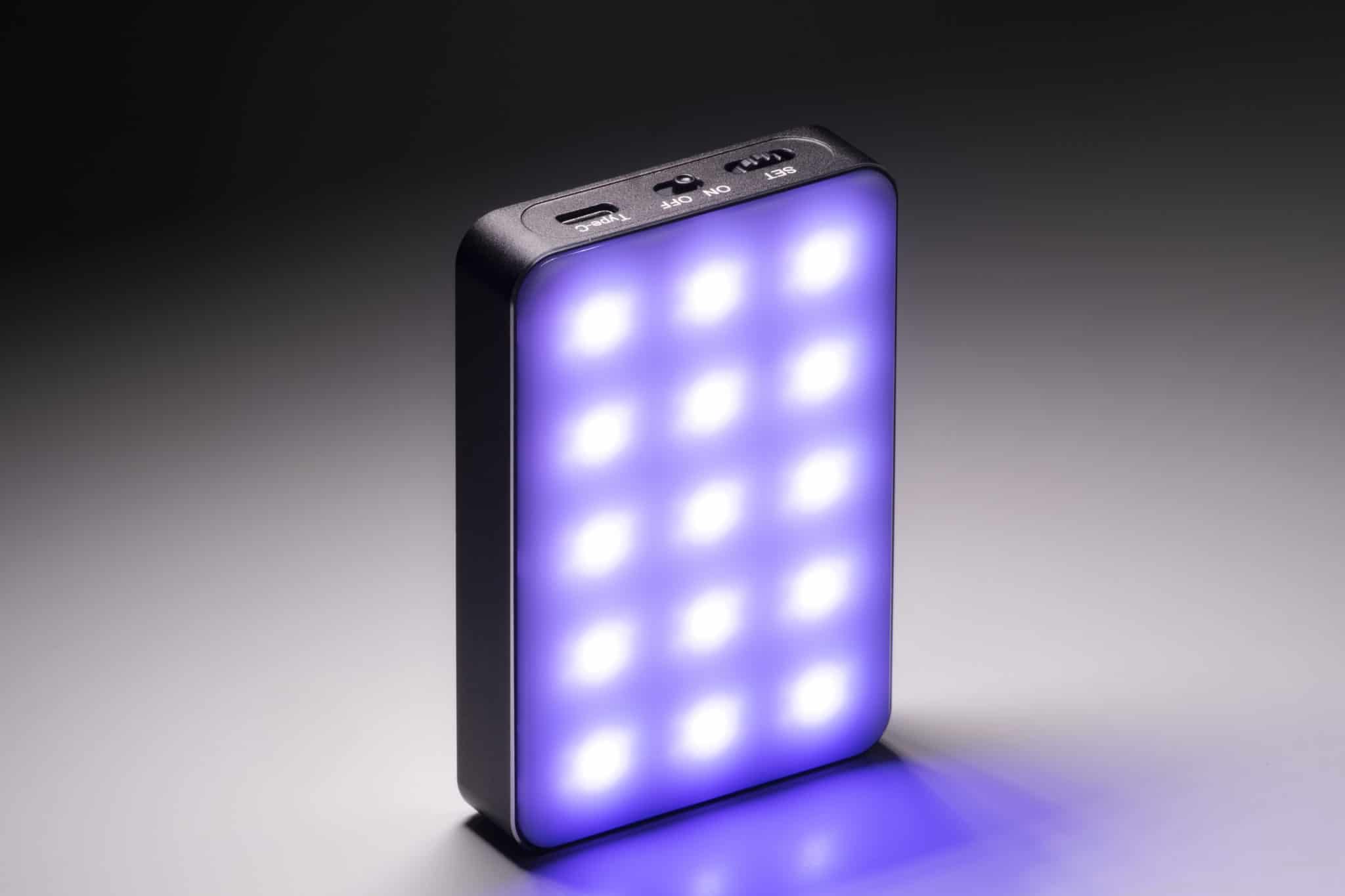We started filming with DSLRs in spring 2010. The reason that happened was because our HDV camcorder (which was only one year old) from Sony broke while filming a corporate video. In early 2009 I bought the Nikon D90 for taking stills and of course video. I expected the D90 to be much better than it actually was in capturing video. I did a few tests and they were okay but I wasn’t satisfied. We used the camera on one single music video shoot and I liked the shallow depth of field and the 24p. It was really different from the DV or HDV interlaced look with usually 25i.
Written by Moritz Janisch
But I didn’t feel comfortable using the camera on a paid job: Only 720p resolution, no manual control in video mode and bad audio. I never used the D90 again for capturing video until our HDV camera had internal problems with recording / the tapes. We were at the client’s company to shoot some B-roll for a corporate video and when I first pushed the record button the camera did not record. So we had to come up with a solution and spontaneously decided to use the D90. With one hour delay we started shooting at the company; in the end everything went well. When I looked at the footage in post-production I knew that the image and performance could be much better. The HDV camera did not work anymore so I looked for an affordable but good video DSLR.
In early 2010 there weren’t many DSLRs around capable of capturing decent 1080p video. Even Nikon was the first company to introduce HD video to a DSLR they haven’t come up with an updated 1080p camera. I had some Nikon lenses but I knew that I had to switch to Canon because they had two great cameras. The Canon 5D Mark II was too expensive so there was only the Canon 7D left. We didn’t had any Canon lenses so we just purchased the camera with the 18-135mm F/3.5-5.6 kit lens.
The price-performance ratio was incredible compared to other available HD cameras. But at this point of time I didn’t know anything about how to get the best image out of the camera. I didn’t know anything about the picture style (picture profile) and how to set it up to get the best results. Neither was I aware of the differences between lenses. I never thought that depth of field and sharpness would differentiate from each lens. It took a while but then I found out everything about lenses and understood the differences. I also played around with the picture style and one day I turned the sharpness and contrast completely down just to get a different look. When editing the video I immediately saw the difference between the standard picture profile and the flat one. I liked it much more; it looked professional and really cinematic. That day I understood that a sharp video isn’t defined by sharpening edges in-camera but recording a detailed image. When I’m doing a panorama shot (wide shot) or filming something that is far away I know that the objects in the frame won’t be as sharp as when I’m doing a close up of a person’s face, but I can live with that.
By the way, we sent the HDV camera back to Sony so they could repair it. After two month we got the camera back working. We were happy with the Canon 7D so we didn’t used the HDV camera until May 2011. We were in Munich to shoot live interviews at a big convention. These interviews took about 45 minutes each, so it was impossible to use a DSLR because most of the models overheated after 12 minutes of recording. With a heavy heart we decided to use the HDV camera, we did some testing and it worked fine. We also had another HDV camera running so we were on the safe side if the camera had recording problems. We also shot some B-roll and short interviews with the 7D which had to be edited and uploaded to a video channel as soon as possible. We shot these little films between the live interviews. In the evening and at night we edited all the short interviews in a press room at the convention center.
After five days of non-stop filming and almost no sleep we went back to Frankfurt to start editing all the 45 minute interviews. As you might know you have to play back the HDV cassette (tape) in real time to transfer it to the computer. That took a very long time because we had two cameras rolling all the time.
After a few days I wanted to sync the footage of the two cameras and then I realized that something was wrong with the material of our HDV camera. Weird artifacts and speed changes made it impossible to sync the footage of both cameras. The footage was unusable!
Long story short: That was the last time we ever used a tape based camera. Now when we shoot live events we use cameras like the Sony EX1R, EX3 or the newer FS700 which are recording on cards and we’ve never had any problems with them. I think the only people who are still using HDV cameras are some news cameraman who once invested a lot of money in their camera. I can’t recall the last time I saw a cameraman go like “Wait, I have to change the tape!” A lot has changed over the last four years and it’s great that you can get a chip based 1080p camcorder everywhere for 100 Dollars in 2013 and every compact camera has an HD video mode.
I listed my recommended DSLR’s for you here!




